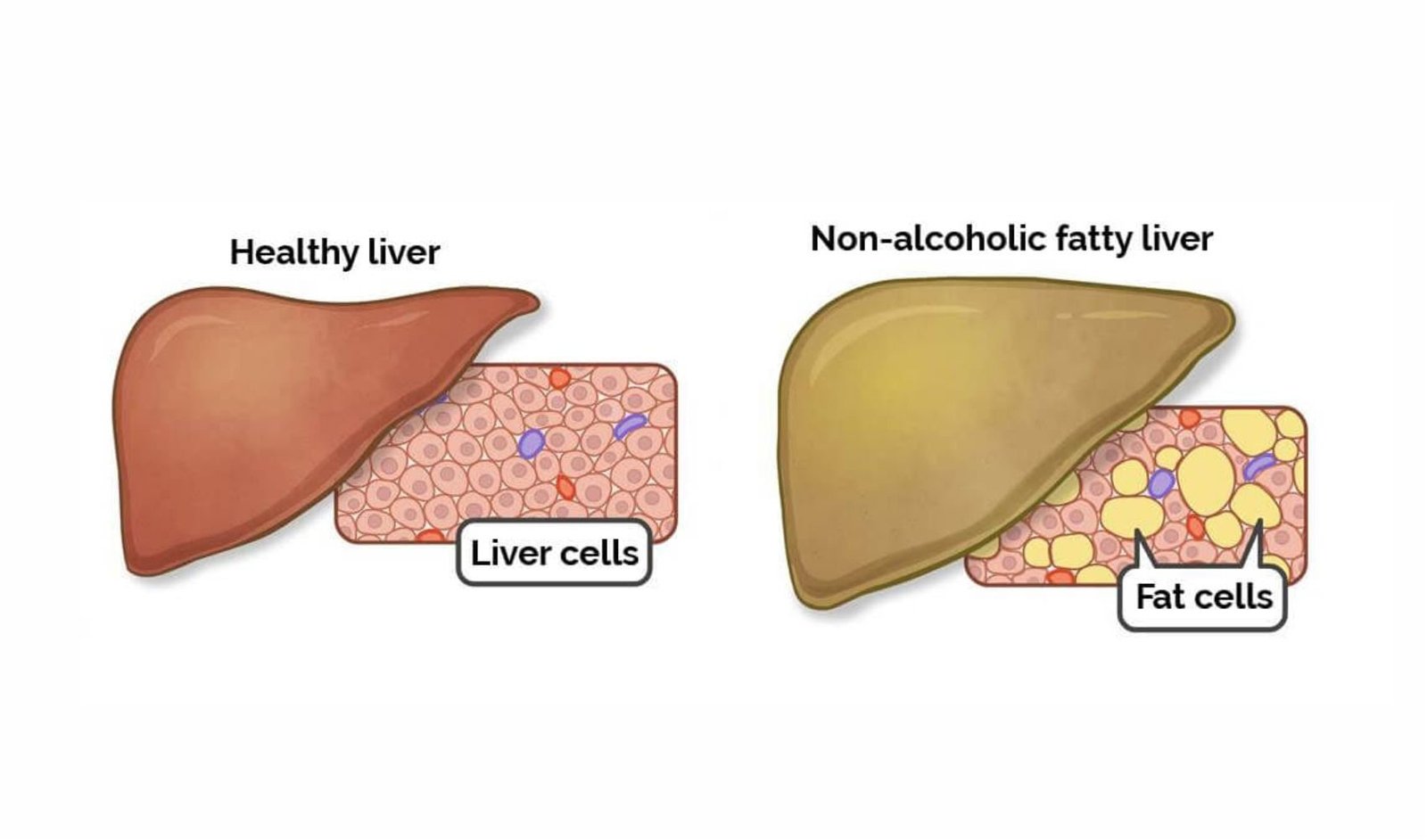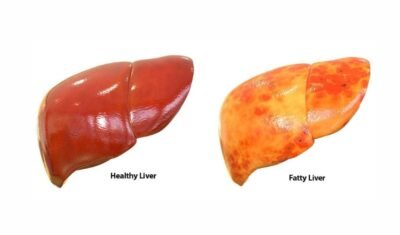Non Alcoholic Fatty Liver Disease icd 10

Non-Alcoholic Fatty Liver Disease icd 10, often referred to as NAFLD, is a growing concern in the medical world. It is a condition that affects the liver, but it’s not caused by excessive alcohol consumption. In this article, we will delve into the details of NAFLD, its diagnosis, and how the International Classification of Diseases, 10th edition (ICD-10) plays a crucial role in identifying and managing this condition.
What is NAFLD?
Non-Alcoholic Fatty Liver Disease is a medical condition characterized by the accumulation of fat in the liver of people who consume little to no alcohol. While a small amount of fat in the liver is normal, excessive fat can lead to liver inflammation, scarring, and even liver failure.
The Prevalence of NAFLD
NAFLD is becoming increasingly common, and it is estimated to affect about 25% of the global population. This makes it a pressing health issue, given its potential to progress to more severe forms of liver disease.
May You Like This – Which Acid is Present in Our Stomach?
Understanding ICD-10
Before we dive deeper into NAFLD, let’s first understand what ICD-10 is and how it relates to the diagnosis and treatment of medical conditions.
What is ICD-10?
ICD-10 stands for the International Classification of Diseases, 10th edition. It is a globally recognized system for classifying medical diagnoses and procedures. Healthcare providers, researchers, and insurance companies use ICD-10 codes to accurately identify and track various health conditions.

The Role of ICD-10 in NAFLD Diagnosis
ICD-10 codes play a crucial role in diagnosing and documenting NAFLD cases. There are specific codes within the ICD-10 system that healthcare professionals use to record the presence of NAFLD in patients’ medical records. These codes help in monitoring the prevalence and severity of the disease on a broader scale.
NAFLD Diagnosis and ICD-10 Codes
Now that we have a basic understanding of both NAFLD and ICD-10, let’s explore how healthcare providers diagnose NAFLD and assign relevant ICD-10 codes.
Clinical Assessment
Diagnosing NAFLD typically begins with a clinical assessment. Doctors will evaluate a patient’s medical history, risk factors, and symptoms. Common risk factors for NAFLD include obesity, type 2 diabetes, and metabolic syndrome.
Imaging Studies
Imaging studies such as ultrasound, CT scans, or MRI scans can provide valuable insights into the condition of the liver. These imaging tools can reveal the presence of fat deposits and help confirm the diagnosis.
Liver Biopsy
In some cases, a liver biopsy may be necessary to determine the severity of NAFLD and rule out other liver conditions. During a liver biopsy, a small sample of liver tissue is collected and examined under a microscope.
Assigning ICD-10 Codes
Once NAFLD is diagnosed, healthcare providers use specific ICD-10 codes to record the condition accurately. The primary code for NAFLD is K76.0, which stands for “Fatty (Change of) Liver, Not Elsewhere Classified.” Additional codes may be used to specify the severity and any associated complications.
Managing NAFLD
Effective management of NAFLD is essential to prevent its progression to more severe liver conditions. Here are some key strategies for managing NAFLD:

Lifestyle Changes
Lifestyle modifications, such as adopting a healthy diet, increasing physical activity, and achieving and maintaining a healthy weight, are fundamental in managing NAFLD.
Medications
In some cases, healthcare providers may prescribe medications to manage the symptoms and complications of NAFLD.
Regular Monitoring
Patients with NAFLD should undergo regular check-ups and monitoring to assess the progression of the disease and adjust the treatment plan accordingly.
Conclusion
Non-Alcoholic Fatty Liver Disease is a prevalent and potentially serious condition that requires attention and proper management. With the assistance of ICD-10 codes, healthcare providers can accurately diagnose and document NAFLD cases, enabling better tracking and research on this concerning health issue.
Frequently Asked Questions (FAQs)
Is NAFLD reversible?
NAFLD is often reversible, especially in its early stages, through lifestyle changes like diet and exercise.
Are there any specific symptoms of NAFLD?
NAFLD may not exhibit noticeable symptoms in its early stages, but as it progresses, symptoms like fatigue and abdominal discomfort can occur.
Can NAFLD lead to liver cancer?
In some cases, advanced NAFLD can increase the risk of liver cancer, highlighting the importance of early detection and management.
Is NAFLD hereditary?
While genetics can play a role in NAFLD, lifestyle factors like diet and physical activity also significantly contribute to its development.
How often should I get screened for NAFLD?
It is advisable to discuss screening for NAFLD with your healthcare provider, especially if you have risk factors like obesity or diabetes. Regular check-ups can help detect it early.




